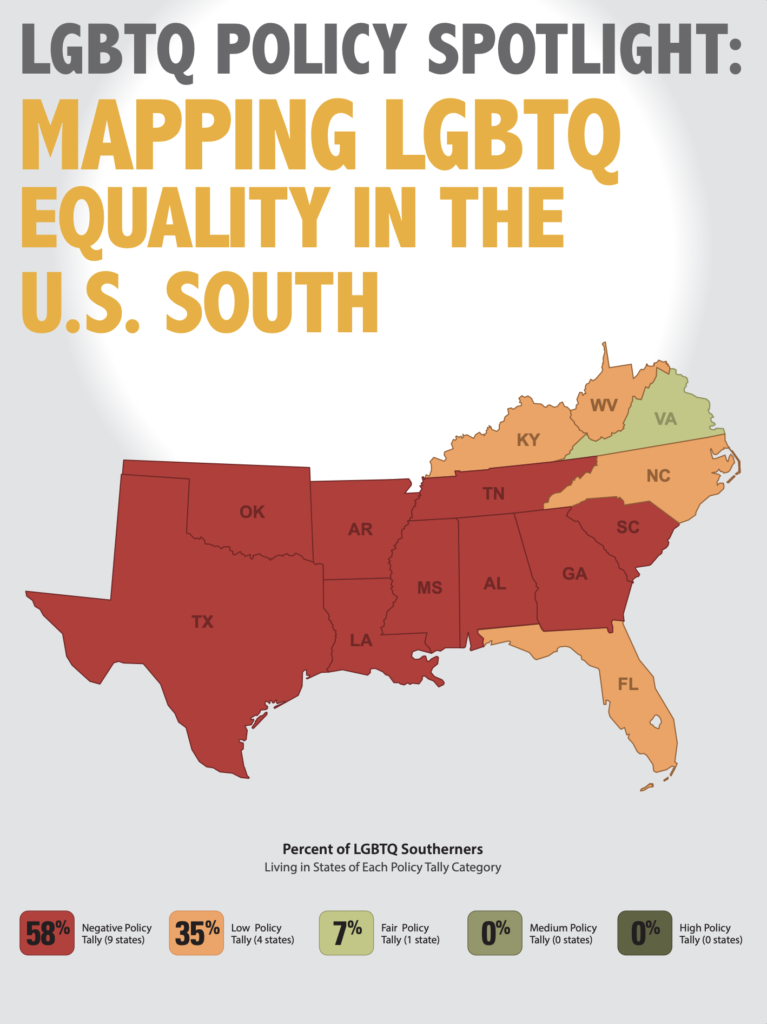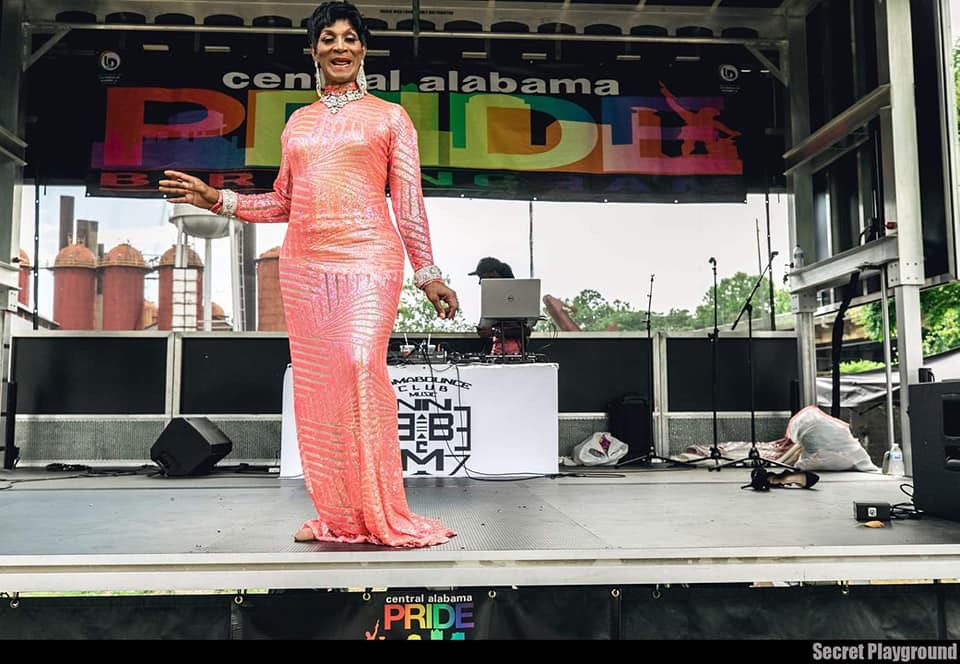5 MIN VIDEO I 3 MIN READ
The Queer History of the South
Combatting the Misconceptions about the LGBTQ+ Community in the South
The south is home to the largest percentage of LGBTQ+ living in the United Stats? Yes. More LGBTQ people live in the South than in any other region of the United States. Wow!
The size of the LGBTQ+ population in the South and the resilience of LGBTQ+ southerners throughout history have led to a rich and exciting history that has largely been lost or forgotten due to erasure and misinformation.
In May 2020, The Movement Advancement Project (MAP) released a report, LGBTQ Policy Spotlight: Mapping LGBTQ Equality in the U.S. South, which details how a dearth of progressive laws and policies in 14 Southern states has led to distinct challenges along with unique opportunities for advancing legal equality for LGBTQ people in the region.

This piece, written by our friends at The Invisible Histories Project and animated by the incomparable Zoë Lyttle, combats misinformation by exploring the people, places and events that shaped the LGBTQ+ history of the South.
For instance, many believe that the LGBTQ+ movement was started and maintained by a band of outsiders sequestered in New York, Los Angeles, and San Francisco. The truth is, LGBTQ+ people are everywhere and ever since colonizers first stepped foot in the United States, queer and trans people have been fighting for equality.

Whether it’s Georgia’s Gay Liberation Front or Bronzie De’Marco in Alabama, southern organizations and community leaders were raising awareness. That famously led to Anita Bryant protesting the protections of LGBTQ+ people in Miami/Dade county — and a televised pie in the face.

There are countless names and faces that will forever be lost in history, but we are excited to unpack and highlight the stories we can surface. This video is a primer or introduction to many of the topics we would like to cover in future videos about The Queer History of the South.
Here’s to a world where we all feel a little more like home.